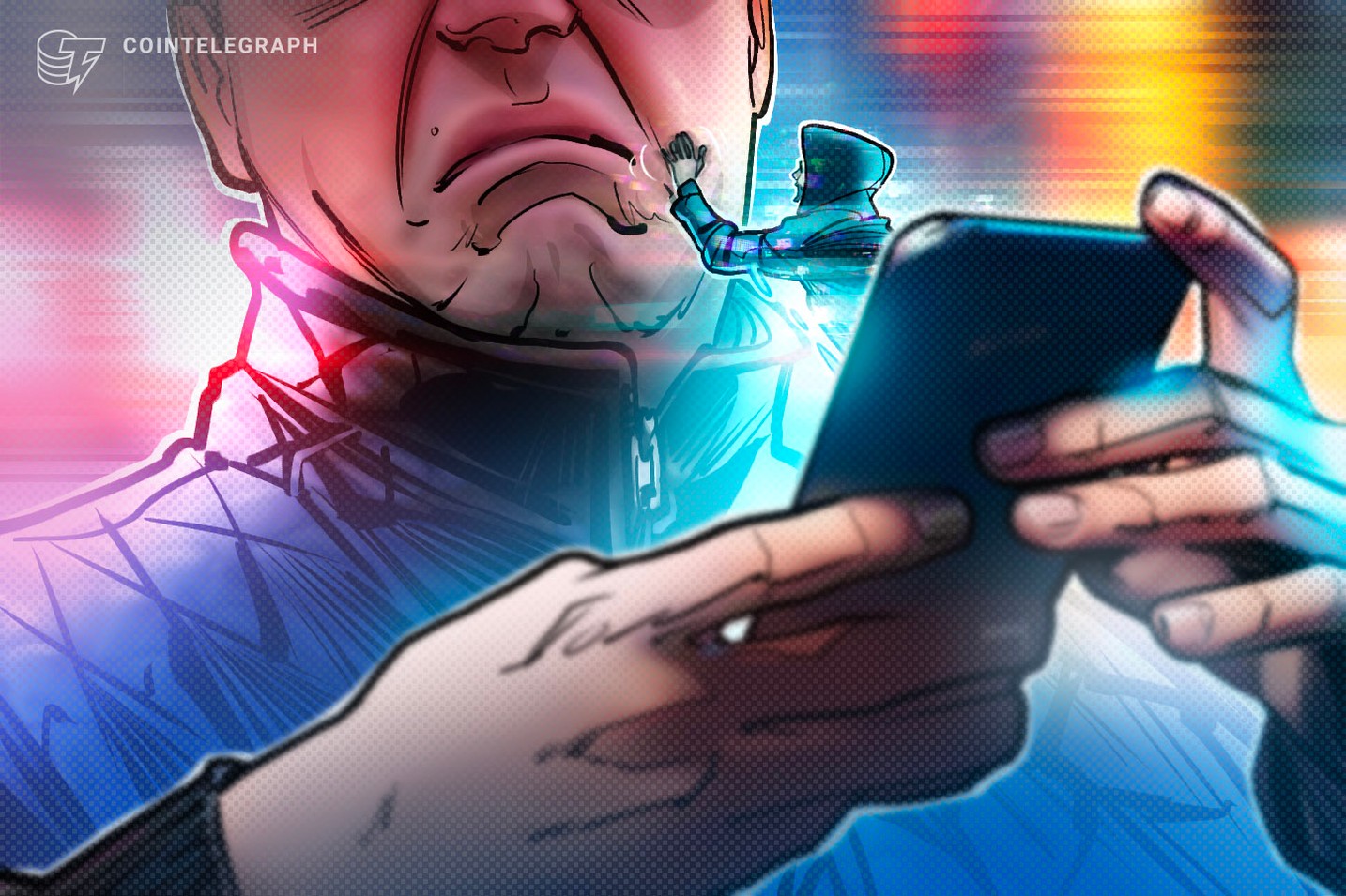2,600 Infections: Counterfeit Phones Spread Crypto Malware

Kaspersky Uncovers Counterfeit Phones Infested with Malware
Cybersecurity experts at Kaspersky Labs have discovered over 2,600 infections linked to counterfeit Android smartphones that come preloaded with malware intended to steal cryptocurrencies and sensitive data. This alarming trend, predominantly affecting users in Russia, highlights the risks of purchasing discounted devices from unverified sources.

Background and Context
The rise of counterfeit phones embedded with crypto-stealing malware marks a significant threat in the cybersecurity landscape. Recent research from Kaspersky reveals that approximately 2,600 users have been infected globally, with a significant concentration in Russia. This alarming trend highlights the sophistication of cybercriminals who utilize counterfeit devices as a vector for theft, specifically targeting sensitive financial data, including cryptocurrency wallets.
Historically, the Triada malware, which first emerged in 2016, has been notorious for its ability to compromise Android devices, manipulating financial applications and intercepting communication. As hackers evolve their tactics, it’s clear that counterfeit phones have become a prime avenue for compromising personal information. The danger escalates when individuals inadvertently purchase these devices at reduced prices without awareness of the embedded malware.
Why This Matters
- The ongoing threat of counterfeit phones affects not just individual victims but also the broader cryptocurrency ecosystem.
- As reported by cybersecurity experts, the monetary gains from such illicit activities have reached around $270,000 in various cryptocurrencies.
- The evolving nature of malware, including recent findings by Threat Fabric and Microsoft regarding crypto-targeting malware, underscores an urgent need for vigilance among consumers and distributors alike.
To combat this issue, purchasing from legitimate sources and adopting proactive security measures is critical to safeguarding against counterfeit phones and the pervasive threat of crypto-stealing malware.

Counterfeit Phones Infested with Crypto Malware
According to a recent report by Kaspersky Labs, hackers are increasingly selling counterfeit phones embedded with crypto-stealing malware. This alarming trend has resulted in at least 2,600 confirmed infections across various countries, primarily in Russia, within just three months of 2025. The counterfeit Android smartphones, touted at significantly reduced prices, are found to carry the notorious Triada Trojan, which offers cybercriminals nearly unlimited control over the devices.
The Dangers of Triada Trojan
Dmitry Kalinin, a cybersecurity expert at Kaspersky, stated, “Once attackers gain access to devices, they can manipulate finances by replacing wallet addresses, making it a potent threat for crypto users.” The Triada Trojan, which first emerged in 2016, is known for targeting financial applications and messaging services, including WhatsApp and Google Mail. Per Kaspersky’s analysis, approximately $270,000 has been transferred to the attackers’ digital wallets since the start of this operation.
Digital Malware Threats on the Rise
What makes this situation even more concerning is that the Trojan embeds itself into smartphone firmware before the device reaches consumers. Kalinin suggests that the supply chain could be compromised, which means sellers might unknowingly be distributing malware-riddled smartphones. To protect themselves, Kaspersky advises consumers to only purchase devices from reputable sources and promptly install security solutions after acquiring a new device.
As the world shifts toward digital currencies, the counterfeit phones crypto malware threat is on the rise, echoing similar warnings from various cybersecurity firms. Recently, Threat Fabric identified a new malware family capable of tricking Android users into revealing their crypto seed phrases by deploying a fake overlay. With such advancements in cyber threats, vigilance is crucial for every smartphone user.

Counterfeit Phones Infested with Crypto Malware: A Growing Threat
Kaspersky’s alarming revelation about counterfeit phones embedded with crypto-stealing malware highlights significant vulnerabilities in the smartphone market. With over 2,600 confirmed infections, primarily in Russia, this incident underscores the importance of cybersecurity in the fast-evolving crypto landscape. The malicious Triada Trojan not only infiltrates smartphone firmware during production but also grants attackers extensive control, allowing them to manipulate sensitive information, including cryptocurrency wallet addresses.
Implications for Consumers and the Market
This situation serves as a critical reminder for consumers to purchase devices only from reputable sources. As cyber threats become increasingly sophisticated, the proliferation of counterfeit phones with crypto malware can lead to substantial financial losses for users, estimated at around $270,000 in cryptocurrency theft so far. Additionally, retailers must be vigilant in their supply chain practices to mitigate the risk of unwittingly distributing compromised devices.
Industry Response and Best Practices
In light of these developments, cybersecurity experts recommend that users employ robust security solutions immediately after purchasing any device. The persistence of malware targeting crypto users indicates that the industry must invest in more stringent security measures to protect its customers.

Read the full article here: Hackers are selling counterfeit phones with crypto-stealing malware






